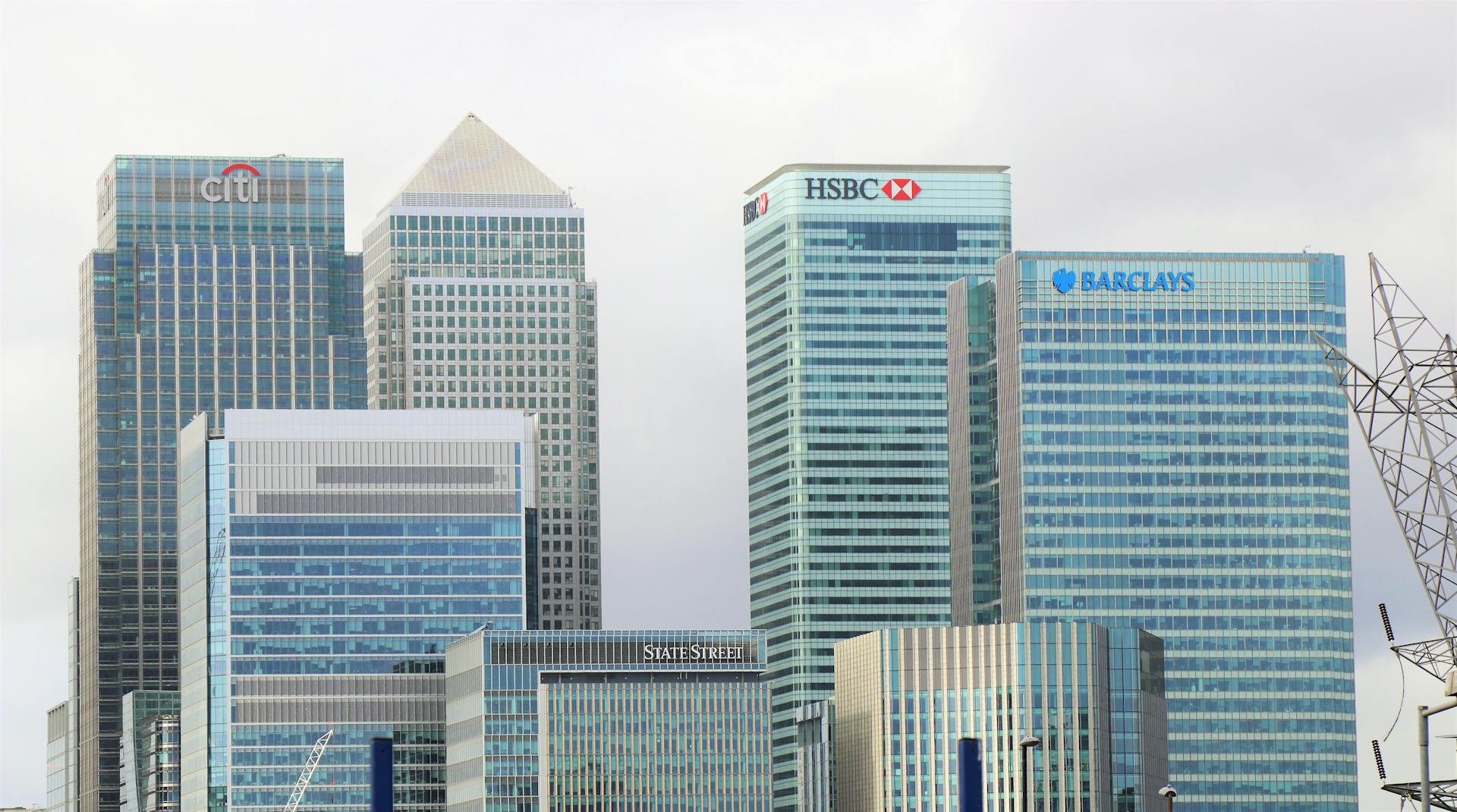Consumer card spending growth has increased to 1% in May, the smallest rise since February 2021, Barclays has found.
The bank said that Brits have cut back on discretionary spending as a result of rising household bills and wet weather.
With certain essentials and household bills, such as council tax and broadband, increasing in April, the vast majority (87%) of consumers were worried about the impact of rising household bills.
However, this comes as the spend on utilities dropped by an average of 12.5%, as a result of the Ofgem price cap decrease.
Spending at supermarkets was at its lowest growth since June 2022, increasing by just 0.3%, as April saw food price inflation drop to its lowest annual rate (2.9%) since 2021.
This comes as retail spending dropped by 0.4% in May, the largest amount since September 2022, with in-store spending, excluding groceries, and clothing sales by 2.6% and 1% respectively.
However, alongside the drop in inflation, over a quarter (28%) of Brits have said they will spend more when the weather improves in the summer. This figure rose to 39% for those aged between 18 and 34.
Chief UK economist at Barclays, Jack Meaning, said: "The economic strength we saw in the first three months of the year was always expected to ease as we moved into the second quarter, with GDP having seen the extra bounce needed to recover the ground lost in last year’s recession.
"The underlying direction of travel remains though, with falling inflation, real income growth and low unemployment all pointing to a gradual acceleration in consumer spending over the next 12 months, especially as we begin to see the Bank of England reduce interest rates in H2."
Latest News
-
Average mortgage rates fall to lowest levels since September 2022
-
FCA outlines package to boost UK investment culture
-
LendInvest grows AuM and returns to profit in H1
-
Kent Reliance to withdraw from lending
-
House prices inch upwards in November – Halifax
-
more2life integrates with the Horizon mortgage range
NEW BUILD IN FOCUS - NEW EPISODE OF THE MORTGAGE INSIDER PODCAST, OUT NOW

Figures from the National House-Building Council saw Q1 2025 register a 36% increase in new homes built across the UK compared with the same period last year, representing a striking development for the first-time buyer market. But with the higher cost of building, ongoing planning challenges and new and changing regulations, how sustainable is this growth? And what does it mean for brokers?
The role of the bridging market and technology usage in the industry
Content editor, Dan McGrath, sat down with chief operating officer at Black & White Bridging, Damien Druce, and head of development finance at Empire Global Finance, Pete Williams, to explore the role of the bridging sector, the role of AI across the industry and how the property market has fared in the Labour Government’s first year in office.
Does the North-South divide still exist in the UK housing market?

What do the most expensive parts of the country reveal about shifting demand? And why is the Manchester housing market now outperforming many southern counterparts?
In this episode of the Barclays Mortgage Insider Podcast, host Phil Spencer is joined by Lucian Cook, Head of Research at Savills, and Ross Jones, founder of Home Financial and Evolve Commercial Finance, to explore how regional trends are redefining the UK housing, mortgage and buy-to-let markets.
In this episode of the Barclays Mortgage Insider Podcast, host Phil Spencer is joined by Lucian Cook, Head of Research at Savills, and Ross Jones, founder of Home Financial and Evolve Commercial Finance, to explore how regional trends are redefining the UK housing, mortgage and buy-to-let markets.
The new episode of The Mortgage Insider podcast, out now

Regional housing markets now matter more than ever. While London and the Southeast still tend to dominate the headlines from a house price and affordability perspective, much of the growth in rental yields and buyer demand is coming from other parts of the UK.
In this episode of the Barclays Mortgage Insider Podcast, host Phil Spencer is joined by Lucian Cook, Head of Research at Savills, and Ross Jones, founder of Home Financial and Evolve Commercial Finance.
In this episode of the Barclays Mortgage Insider Podcast, host Phil Spencer is joined by Lucian Cook, Head of Research at Savills, and Ross Jones, founder of Home Financial and Evolve Commercial Finance.
© 2019 Perspective Publishing Privacy & Cookies












Recent Stories